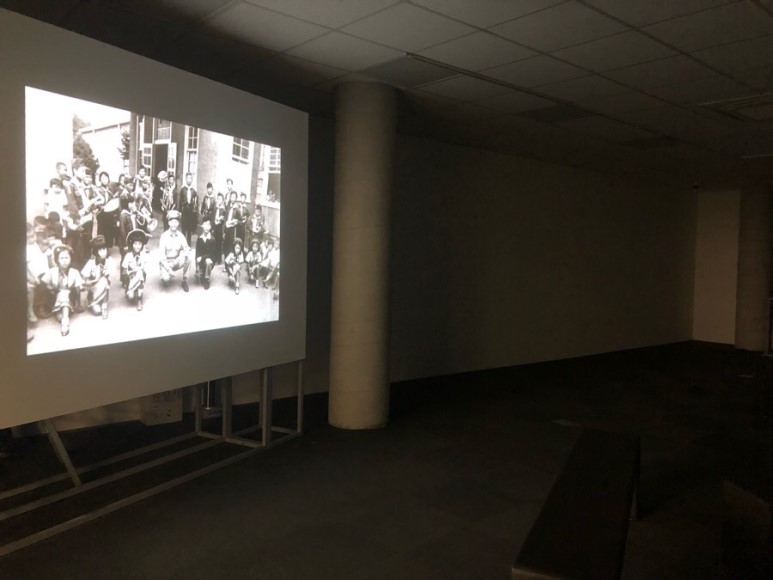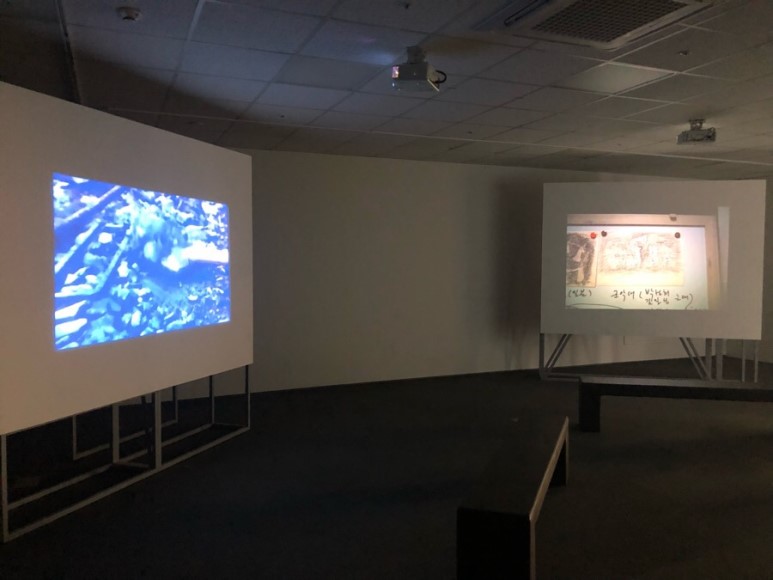[Exhibition Overview]
“Mise-en-Scène: A History of Images” is an archival exhibition of the images of materials collected by contemporary Korean artists who have dealt with the relationship between history and images. In the collection of new media artworks held by the National Museum of Modern and Contemporary Art, Korea (MMCA), materials related to works by Song Sanghee “Come Back Alive Baby” (2017); Park Chankyong “Citizen’s Forest” (2016), and Im Heungsoon’s “Sung Si (Symptom and Sign)” (2011) comprise the archives. These image materials were collected by the artists, directly or indirectly, to use supplementary materials in the process of creating their work. This archival space is a space reserved for materials that contribute to the understanding of art; in addition, the archival space itself becomes its own scène, in which a history of images is formed.
The term “mise en scène,” which refers to the creation of a certain scene, literally means to “bring on stage.” This exhibition is designed to deliver the message that history is not which comes first followed by its subsequent theatrization, but that history is always formed by means of staging of something. In the process of such staging, images play a crucial role. This is because, as Walter Benjamin said, history is a matter of memory, and all our memories are then equivalent to those images. Memory is by no means presented in the form of an objective fact or as empirical information. Instead, memory is presented as something between subjectivity and objectivity, that is, as an image. This is similar to the perspective through which the three participating artists in this exhibit are dealing with images of history. By using historical images, these artists have created a history of images or images as historical objects themselves. Eventually this process renders the images themselves as the true image of history.
Historical images present us scenes of communities as well as others, not to mention individual people. The work of creating a history of images from historical images amounts to intervening in the memories of others or reconstructing a world through the eyes of others. The eyes and memories of others sometime contradict or overlap with those of ourselves. In some ways, it can be said that a work of art exists at such a divergence. In this context, this exhibition presents an opportunity to think about issues pertinent to “history” and the “image” by examining the relationship between image archives and art.
[Gallery View]



